
When you're cruising down the highway, there's nothing like listening to your favorite tunes with the perfect sound quality. However, achieving excellent sound quality in your car is not as simple as turning up the volume. It involves understanding your vehicle’s acoustics, the right equipment, and how to fine-tune your system to get the best performance. Whether you’re a music enthusiast, a podcast listener, or a long commuter, this guide will help you optimize your car’s sound system for the best audio experience.
Table of Contents:
-
Understanding Car Audio Basics
- What Makes Up a Car Sound System?
- Importance of Car Acoustics
-
Choosing the Right Car Audio Equipment
- Upgrading Your Speakers
- Selecting the Right Subwoofer
- Importance of a Quality Amplifier
-
Positioning and Installation Tips
- Optimal Speaker Placement
- Custom Enclosures for Subwoofers
-
The Role of Soundproofing Your Car
- Reducing Road Noise and Vibration
- Materials for Soundproofing
-
Tuning Your Car Audio System for Maximum Performance
- Equalizer Settings
- Using Crossovers for Clarity
-
Upgrading to a High-Quality Head Unit
- Features to Look for in a Car Stereo
- Bluetooth and Streaming Options

1. Understanding Car Audio Basics
Before diving into equipment and tuning, it's essential to understand the components that make up your car’s sound system. A typical car audio system consists of several key parts:
- Speakers: These convert electrical signals into sound. The quality of your speakers greatly impacts the clarity, bass, and overall tone.
- Amplifier: This boosts the audio signal and sends it to your speakers.
- Head Unit: This is your car's stereo, which controls input from CDs, radio, Bluetooth, and auxiliary devices.
- Subwoofer: This specialized speaker handles low frequencies or bass sounds.
Importance of Car Acoustics
The acoustics of your car are just as important as the hardware you install. The size, shape, and materials inside your car can affect how sound travels and how it is perceived by your ears. A car with hard surfaces, for example, can cause sound to reflect and distort, while a vehicle with soft, absorbent materials may produce warmer sound but at a lower volume. Understanding how these factors affect sound is key to making improvements.
2. Choosing the Right Car Audio Equipment
Upgrading Your Speakers
If you’re aiming for the best sound quality, your speakers are where you should start. Stock car speakers are often underwhelming, and upgrading to high-quality components can drastically improve your listening experience. Look for speakers that offer clear highs, midranges, and deep bass. Component speakers (which separate the tweeter, midrange, and woofer) are generally a better option for detailed sound, but coaxial speakers (which combine all elements into one unit) are more convenient.
Recommended brands: XAutoStereo, Pioneer, Infinity, and Focal.
Selecting the Right Subwoofer
The subwoofer is responsible for the low-end frequencies (bass) in your car’s sound system. A good subwoofer will make the difference between a flat, lifeless sound and deep, punchy bass that you can feel.
Size considerations: 12-inch subwoofers are typically the most popular for a balance of size and output. However, for tight spaces or higher clarity, you may want to opt for an 8-inch subwoofer.
Recommended subwoofer brands: Kicker, Rockford Fosgate, and Alpine.
Importance of a Quality Amplifier
The amplifier’s job is to boost the signal from your head unit to your speakers, providing the power needed to achieve high-volume clarity and bass. A higher-quality amplifier can help reduce distortion and allow your system to perform at its best.
Make sure to match the amplifier’s power rating with the power needs of your speakers and subwoofer.

3. Positioning and Installation Tips
Optimal Speaker Placement
Proper placement of your speakers is crucial to sound quality. Generally, tweeters should be aimed at the listener's ears for optimal clarity, while woofers should be placed at the base of the doors or in the rear of the car for better bass response. Experiment with speaker positioning and adjust them for the best possible sound distribution.
Custom Enclosures for Subwoofers
Subwoofers need to be housed in a well-designed enclosure to operate effectively. Custom boxes that are built to the specifications of your subwoofer can improve the clarity and depth of the bass. Sealed enclosures tend to produce tighter bass, while ported enclosures are better for deeper, more resonant bass.
4. The Role of Soundproofing Your Car
Reducing external noise and vibrations within your car can make a significant difference in the overall sound quality. Soundproofing your vehicle can reduce road noise, rattling, and vibrations, allowing you to hear your music more clearly and with greater depth.
Reducing Road Noise and Vibration
Materials like dynamat or other sound-deadening foams can be used to line your car’s doors, floorboards, and trunk. These materials absorb sound, reducing unwanted noise and improving the clarity of your car’s audio.
Materials for Soundproofing
- Dynamat: A popular sound-deadening material that reduces road noise and rattling.
- Foam mats: These can be added behind speakers and subwoofers to absorb vibrations.
- Acoustic panels: These absorb sound and reduce resonance in your car.

5. Tuning Your Car Audio System for Maximum Performance
Equalizer Settings
The equalizer (EQ) is an essential tool for tailoring your sound to your taste. The EQ allows you to adjust specific frequencies—bass, midrange, and treble—to achieve a balanced sound. A flat EQ setting is a good starting point, but feel free to adjust based on your preferences.
Using Crossovers for Clarity
Crossovers filter out unwanted frequencies from each speaker, ensuring that each speaker is only reproducing the frequencies it was designed for. A high-pass filter can be used to eliminate low frequencies from your tweeters, while a low-pass filter will keep your subwoofer from trying to reproduce high frequencies.
6. Upgrading to a High-Quality Head Unit
The head unit, or stereo, is the control center of your car’s audio system. Upgrading to a high-quality head unit can make a significant difference in sound quality. Modern head units offer features like high-resolution audio support, Bluetooth connectivity, Apple CarPlay, and Android Auto.
Features to Look for in a Car Stereo
- High-resolution audio support: For crystal-clear sound quality.
- Bluetooth and USB inputs: For streaming music wirelessly from your phone.
- Apple CarPlay and Android Auto: For better integration with your smartphone.
7. Investing in High-Quality Wires and Cables
You may have the best speakers and amplifiers, but without the right wires, your sound could suffer. High-quality cables reduce signal loss and ensure that the power is properly delivered to your speakers. Consider investing in oxygen-free copper cables for better conductivity and longevity.

8. Calibrating Your Sound System
Once your system is installed, you’ll need to calibrate it to get the best sound. You can do this manually using sound measurement tools, or you can have a professional do it for you. Proper calibration ensures that all speakers are in sync and that the sound is balanced.
9. Considering the Acoustics of Your Car
Not all cars are created equal when it comes to acoustics. Factors like the size of your car, the shape of the interior, and the materials used in construction all influence sound quality. Larger cars tend to produce more echoes, while smaller cars may have bass that sounds "muddy."
10. The Importance of Proper Volume Levels
Excessive volume can cause distortion, even with the best audio equipment. It’s crucial to find a balance between loudness and clarity.
11. Integrating Additional Audio Features
Consider upgrading to a surround sound system or integrating noise-cancelling technology for the ultimate audio experience.
12. Maintaining Your Car Audio System
Cleaning your speakers and components regularly ensures longevity and performance. Dust and dirt can affect sound clarity and cause damage over time.
13. Testing and Troubleshooting Your Car Sound System
If you notice issues like static, distortion, or poor bass, start by checking your cables, amplifiers, and speakers. Sometimes, a simple reinstallation or recalibration can resolve these problems.
14. The Future of Car Audio Systems
With advancements in technology, the future of car audio is bright. Expect innovations like AI-powered sound optimization and improved connectivity options.

15. Final Thoughts: Getting the Best Sound Quality in Your Car
Achieving the best sound quality in your car requires a combination of the right equipment, careful installation, and thoughtful tuning. By following these tips, you’ll be well on your way to creating a car audio experience that rivals professional systems.
FAQs
1. How can I make my car sound system louder without distortion?
Start by adjusting your equalizer settings to ensure you're not pushing any frequencies too hard. Adding an amplifier that matches the power of your speakers will also help increase volume without distortion.
2. What’s the difference between component speakers and coaxial speakers?
Component speakers separate the tweeter, midrange, and woofer, offering better sound quality and customization. Coaxial speakers combine all components into one unit, which is more convenient but may sacrifice some clarity.
3. How do I install a subwoofer in my car?
To install a subwoofer, first, choose an appropriate enclosure. Then, connect the subwoofer to your amplifier using high-quality cables. Ensure the subwoofer is positioned to optimize bass performance.
4. What is soundproofing, and do I need it for my car?
Soundproofing involves adding materials to your car that reduce vibrations and external noise. It's a great way to improve audio quality by minimizing interference from road noise.
5. Can I upgrade my car stereo without changing the entire system?
Yes, you can upgrade individual components like the head unit or speakers without having to replace the entire audio system. However, it's important to ensure that all components are compatible.
Want to know more?
Contact us via email, we will provide you with advice and answer your questions within 24 hours. XAutostereo is happy to serve you.



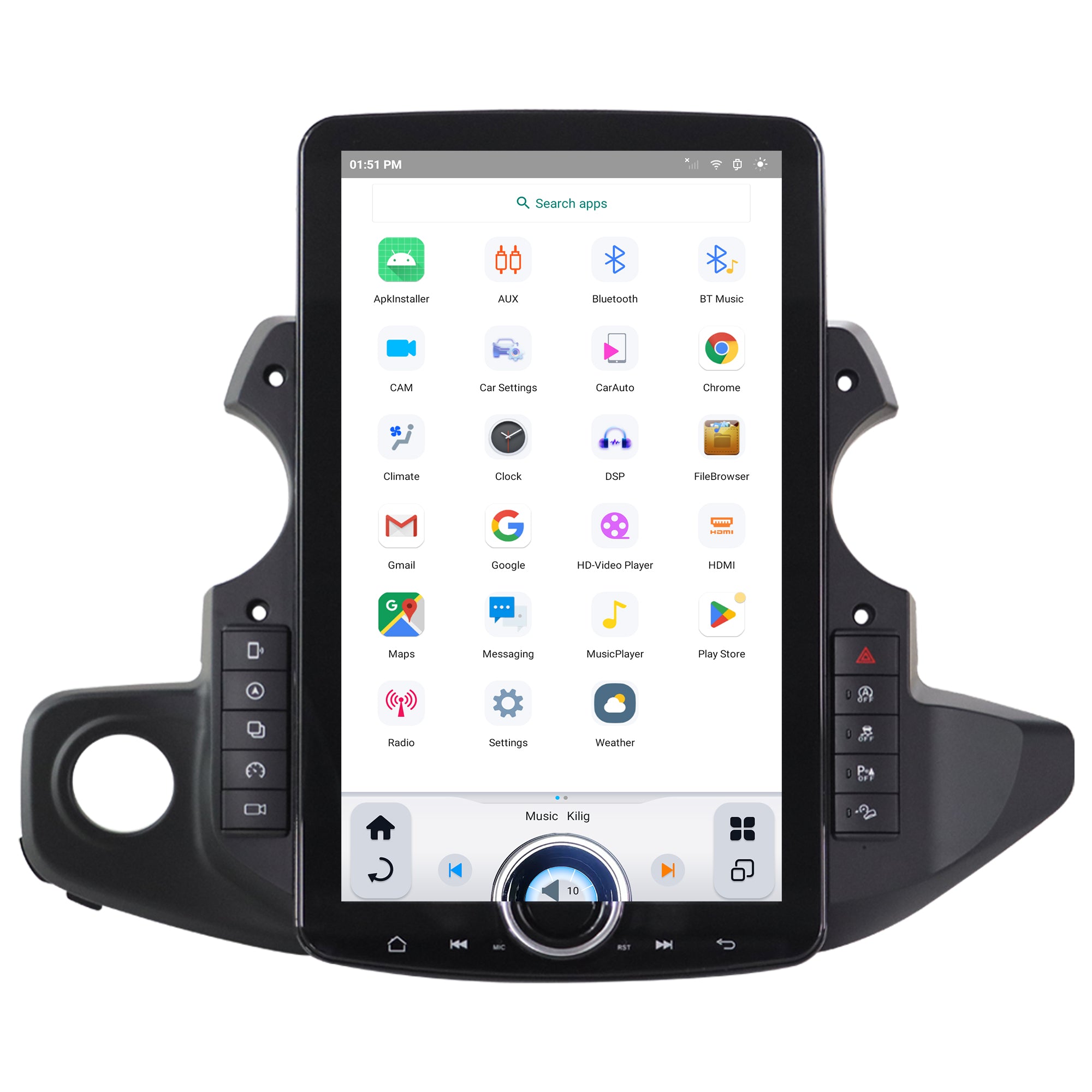
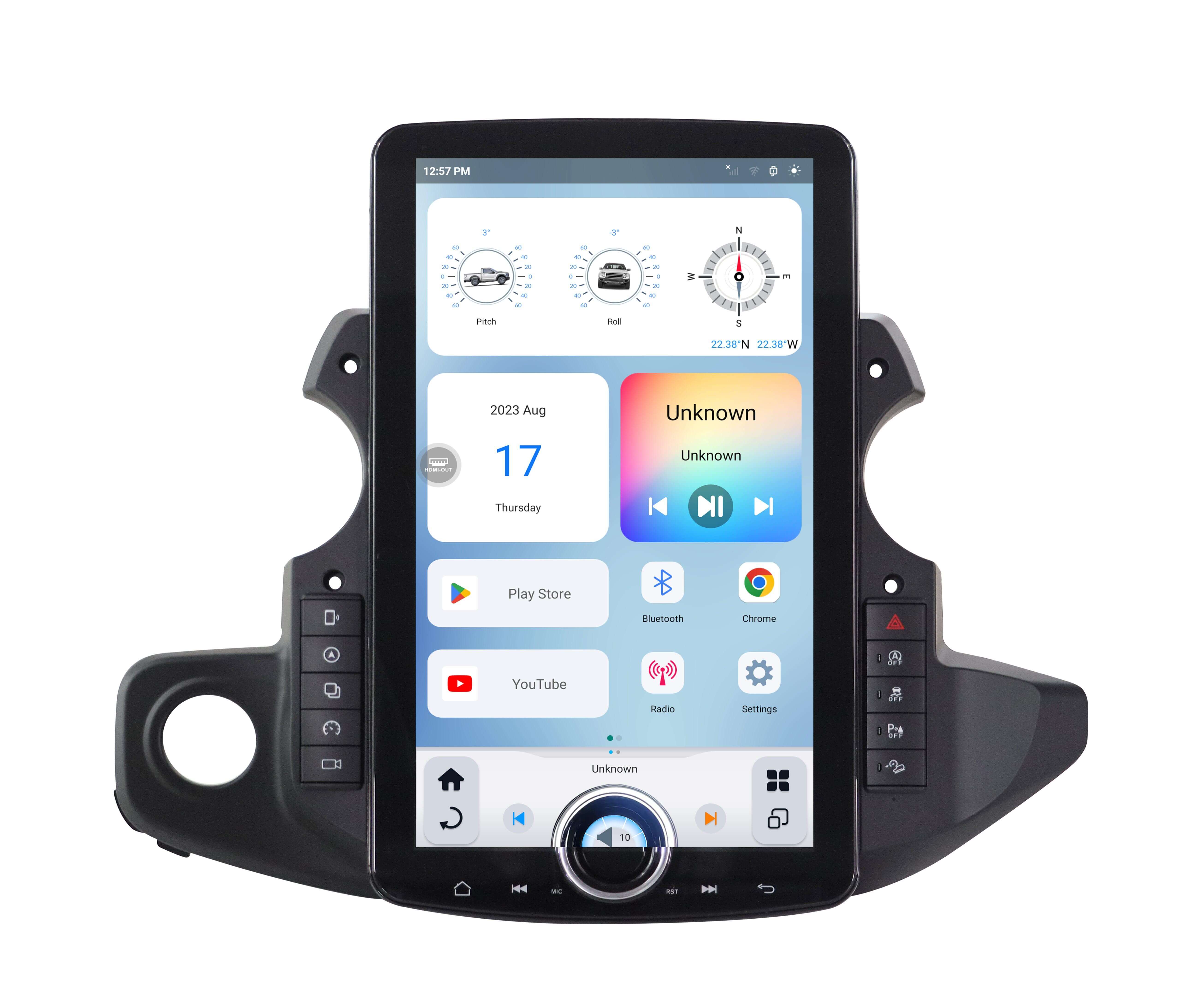
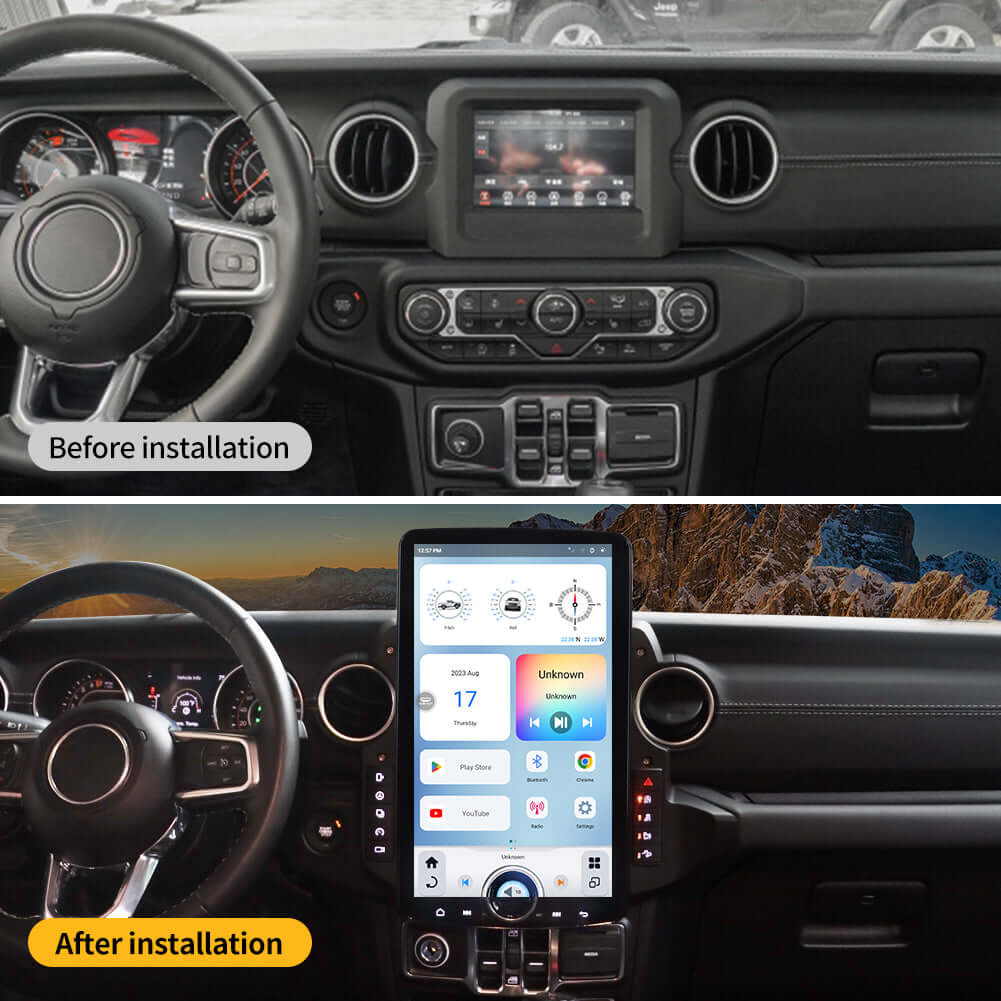

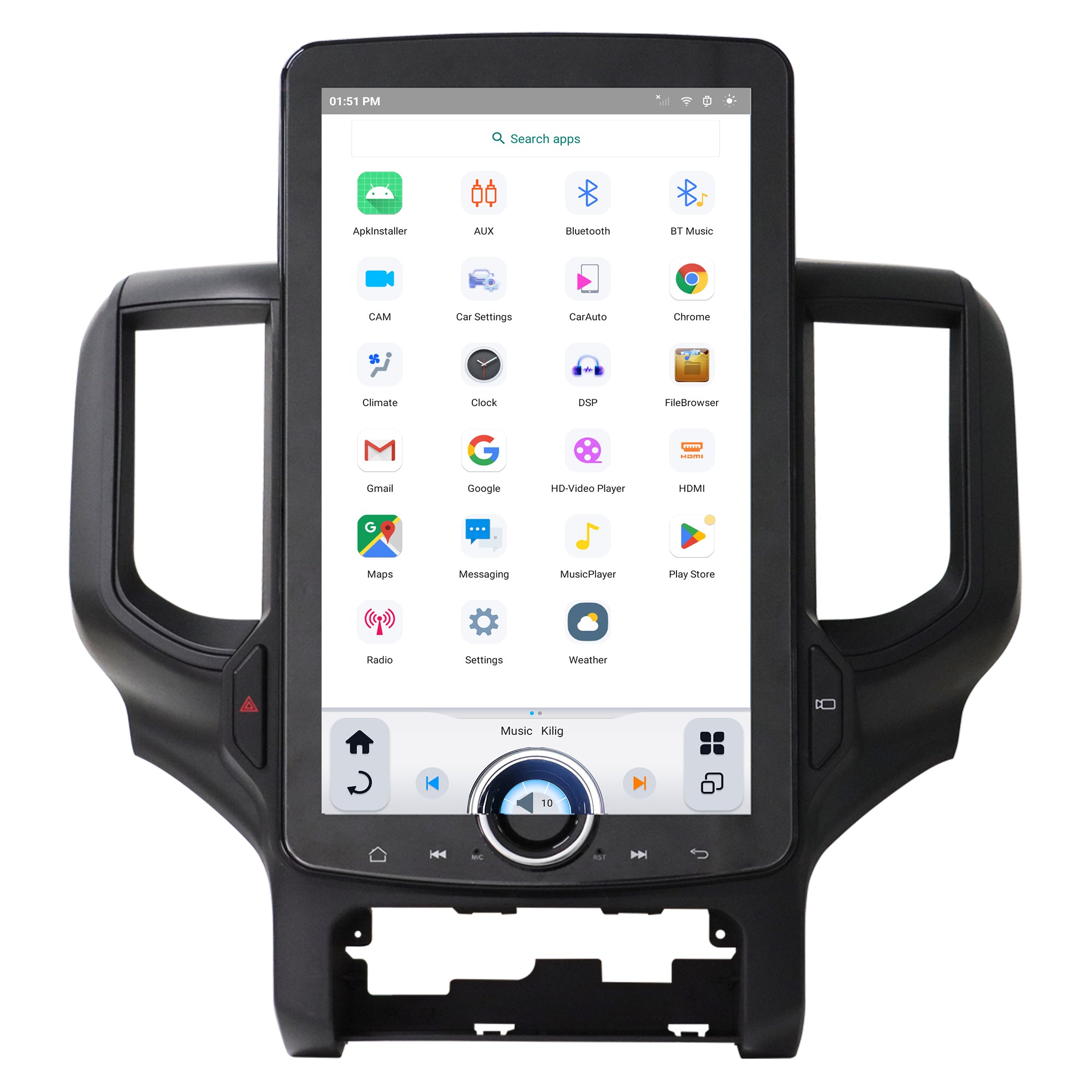
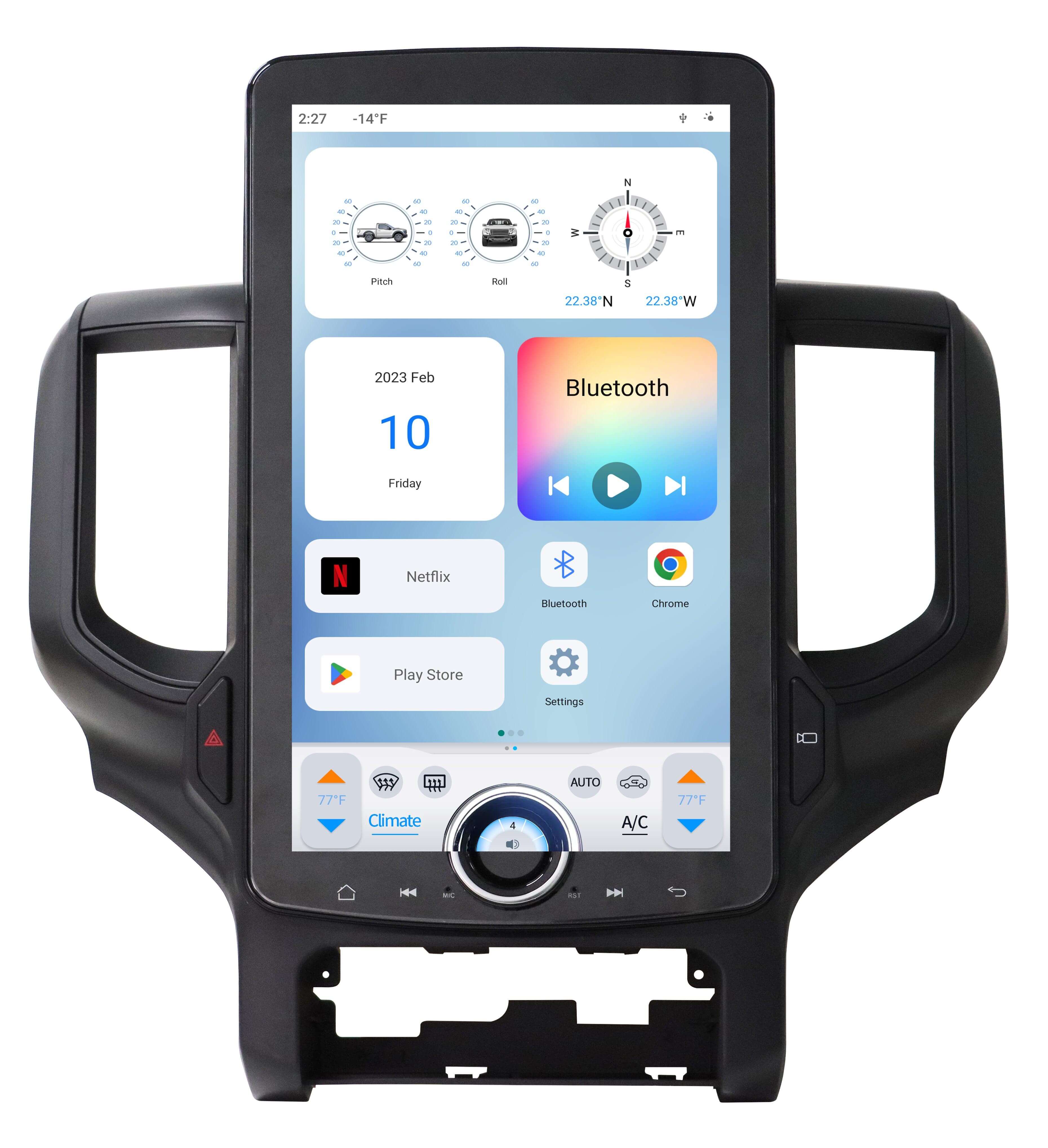
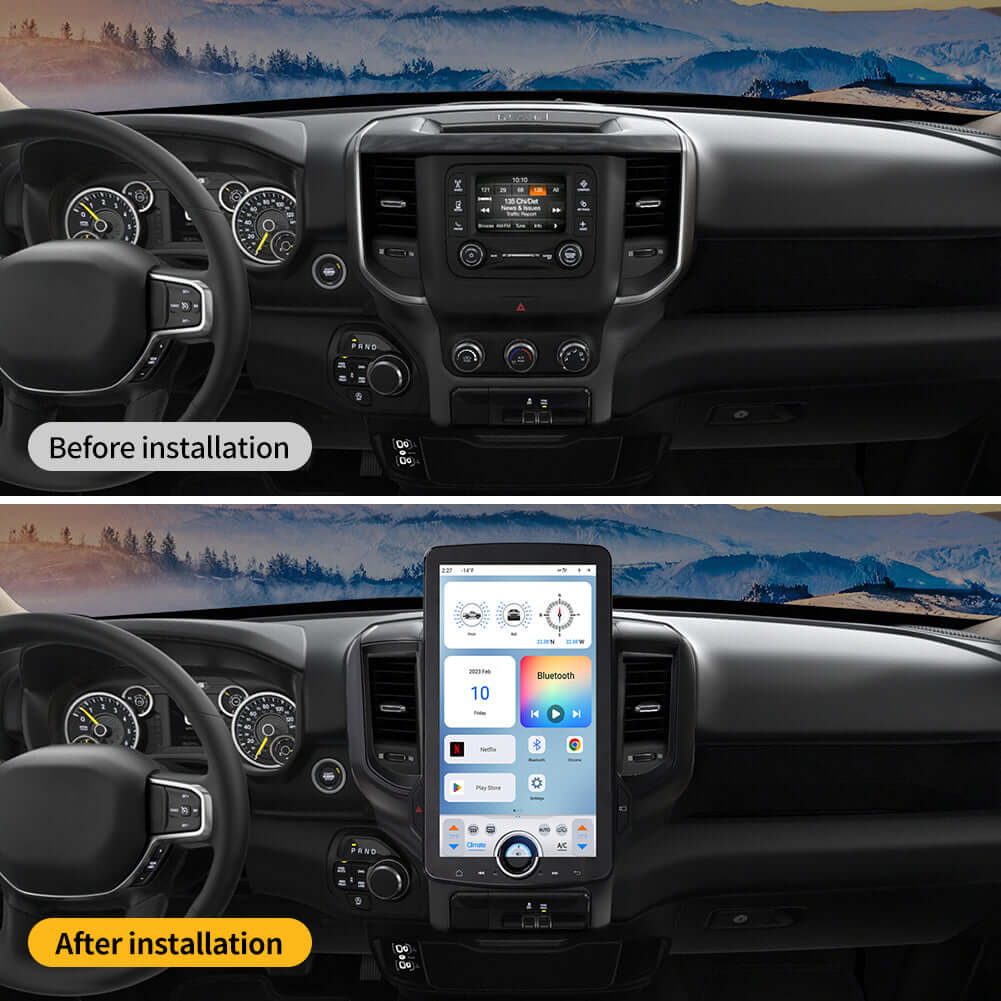
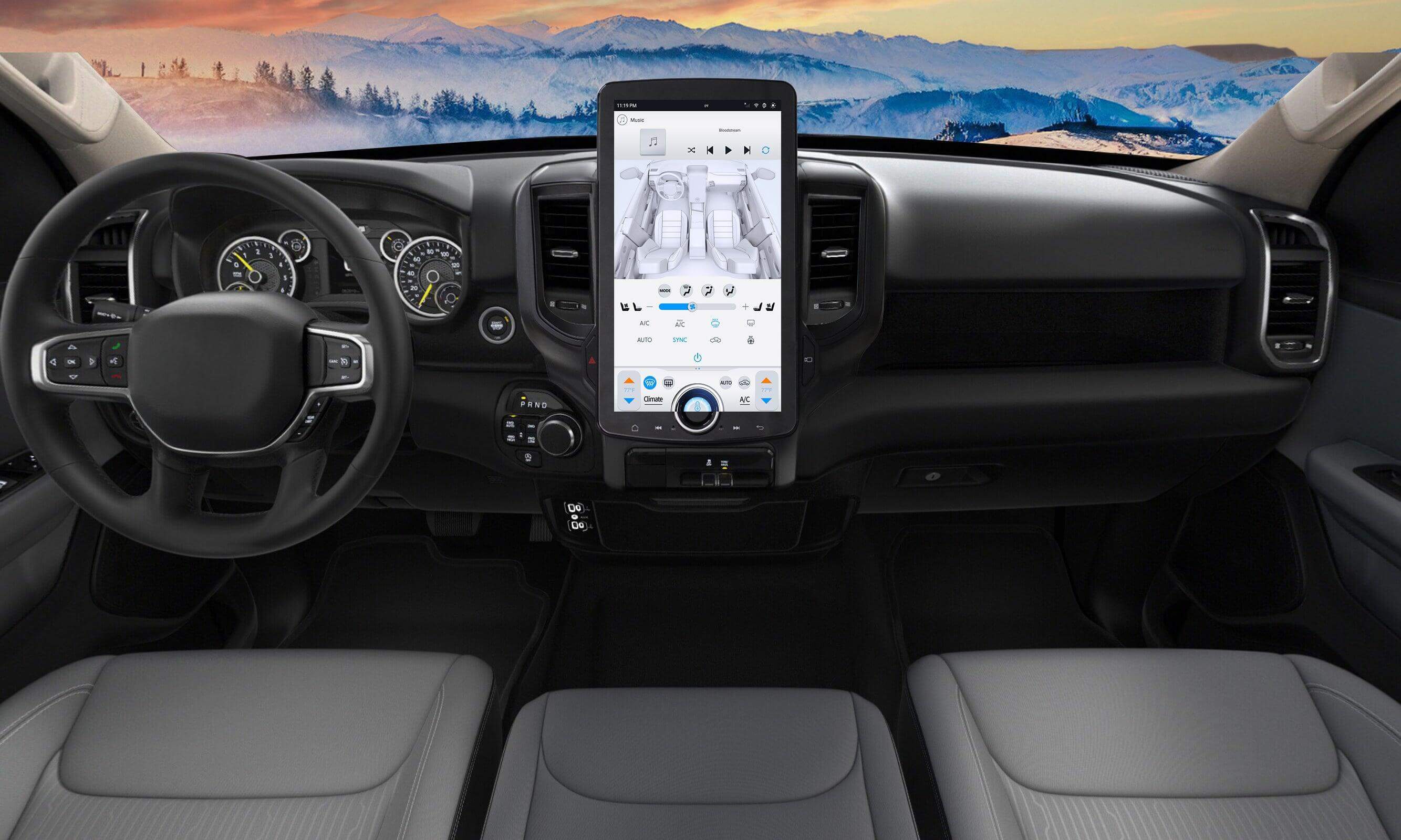
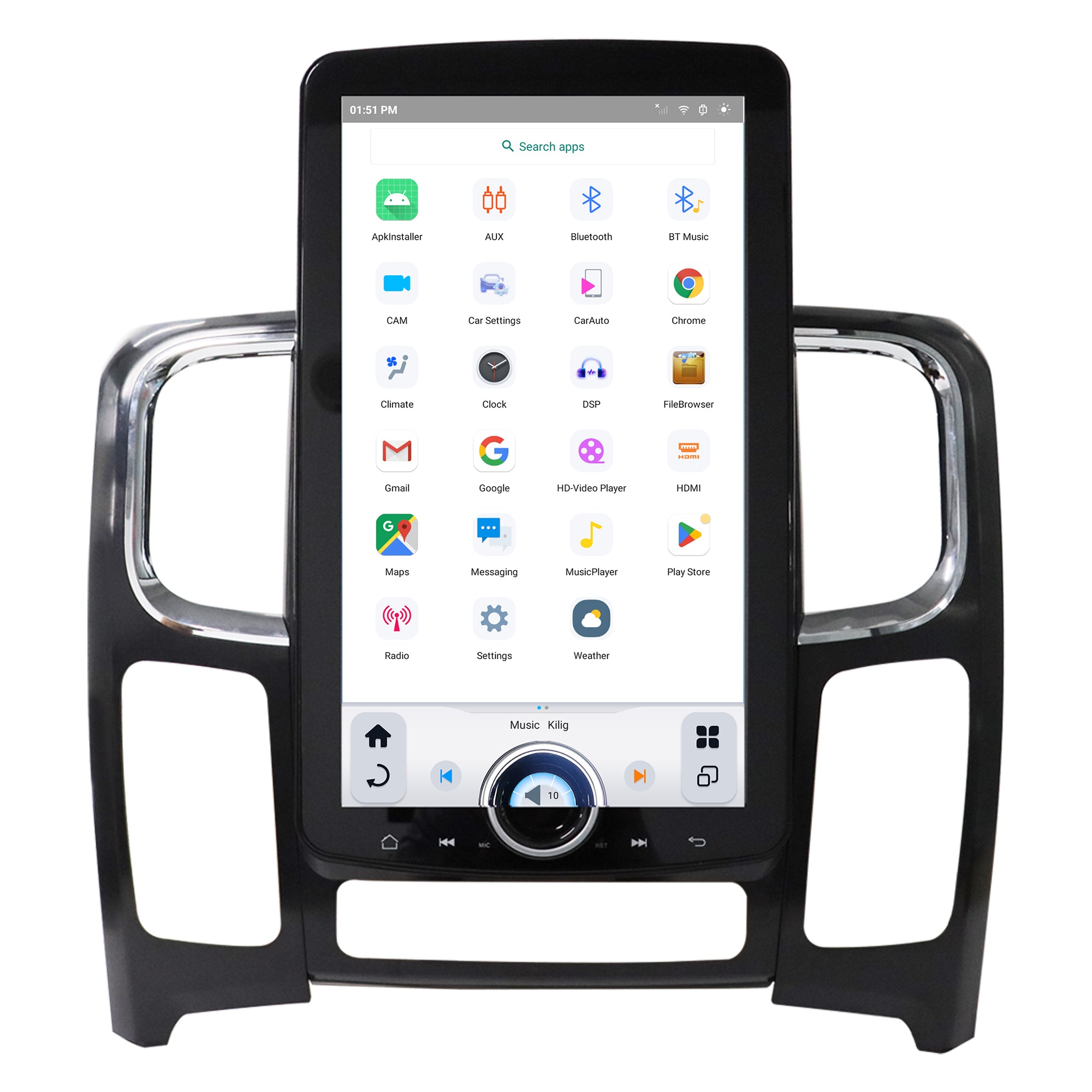
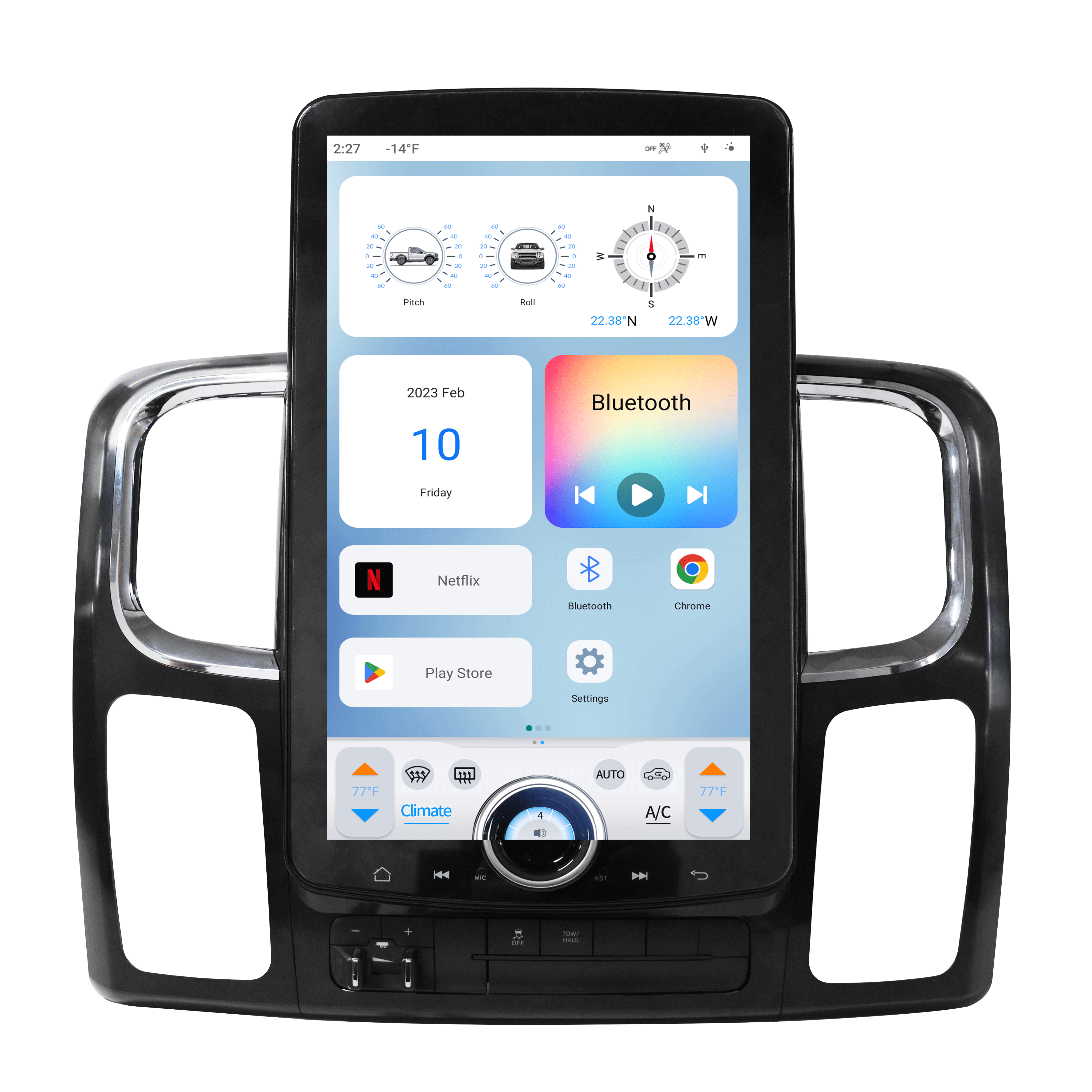
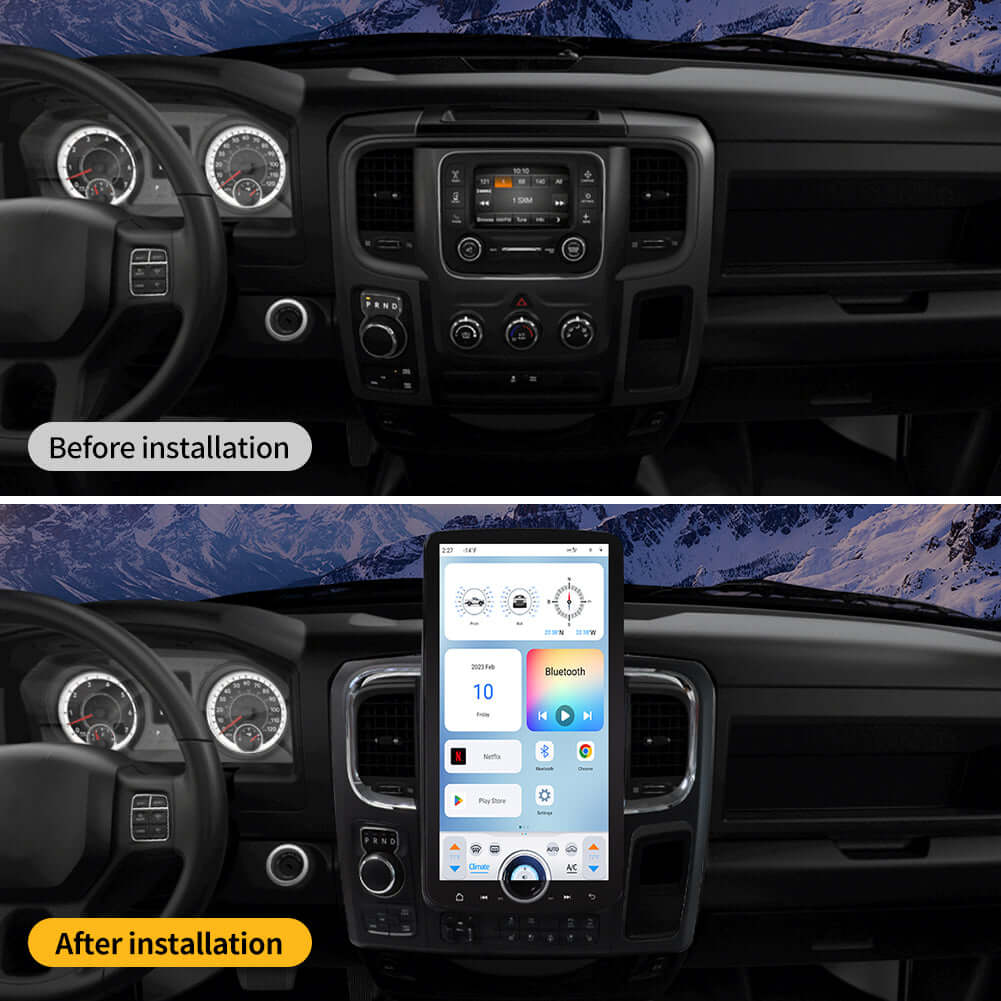
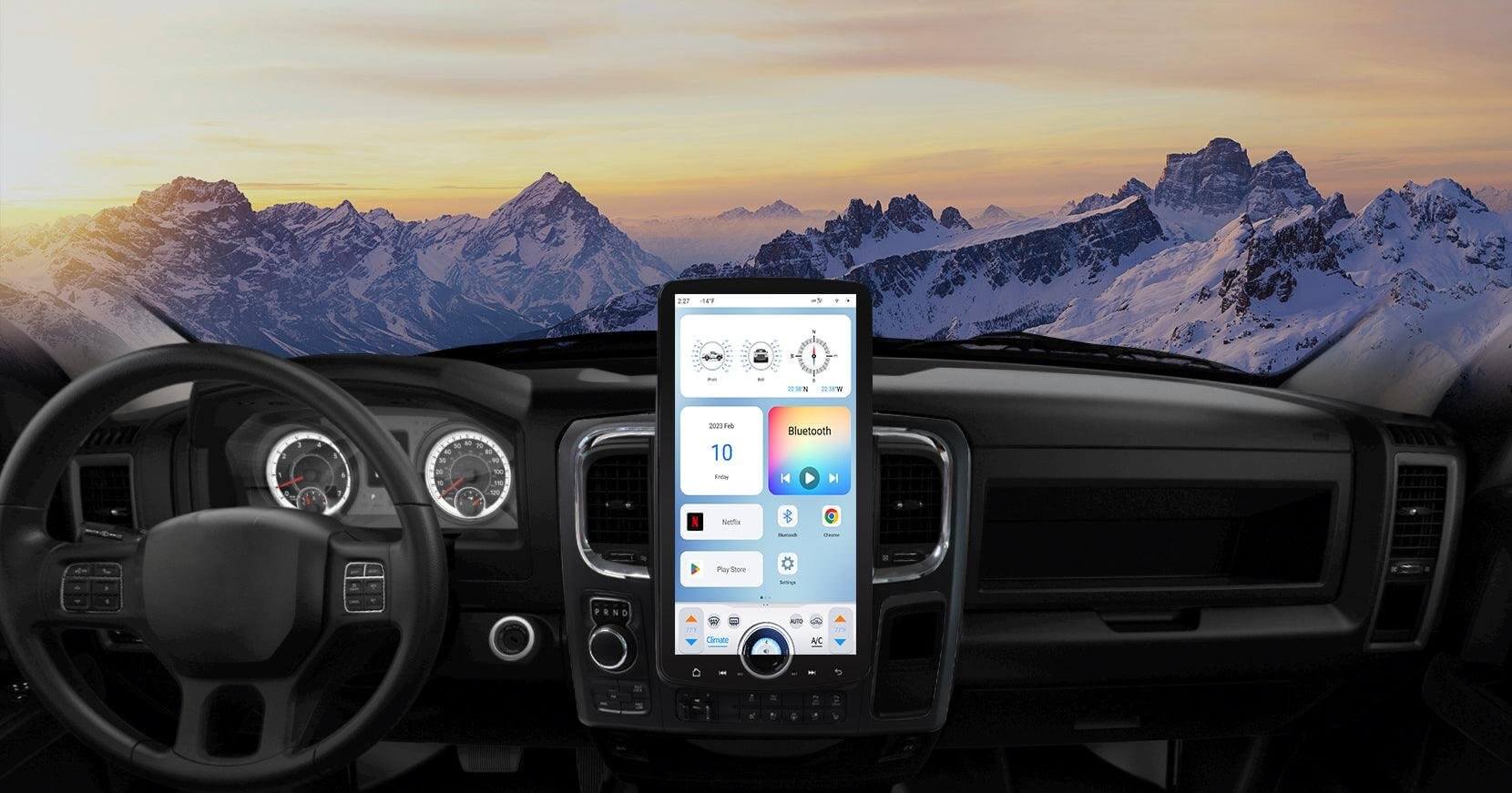


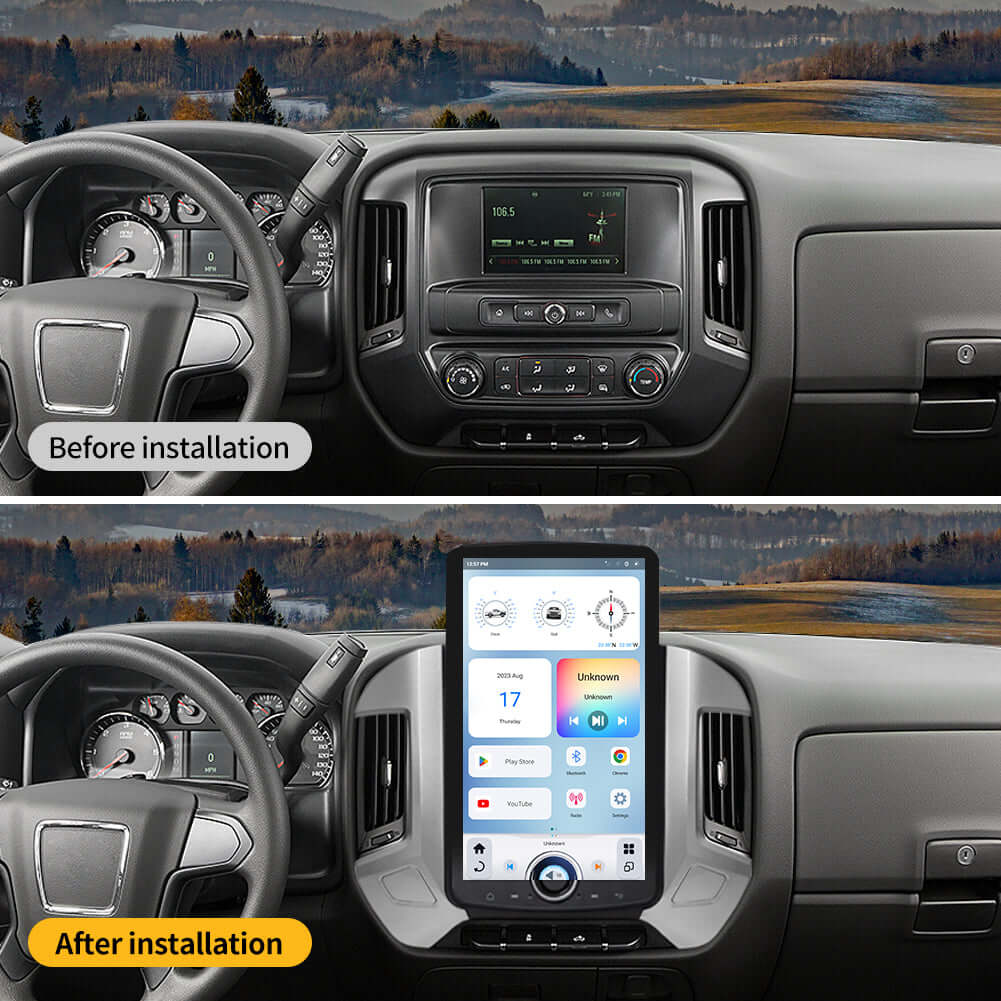
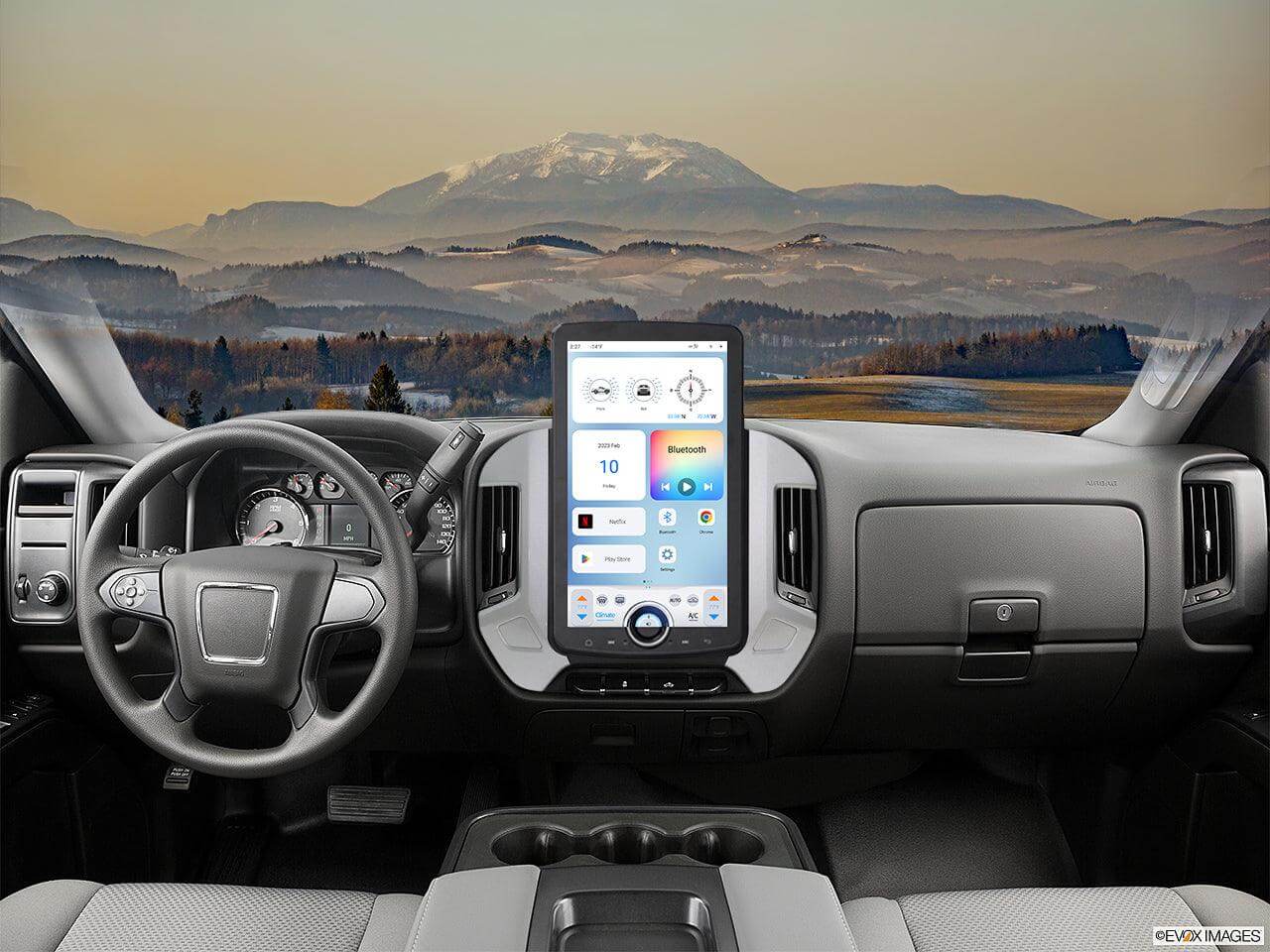

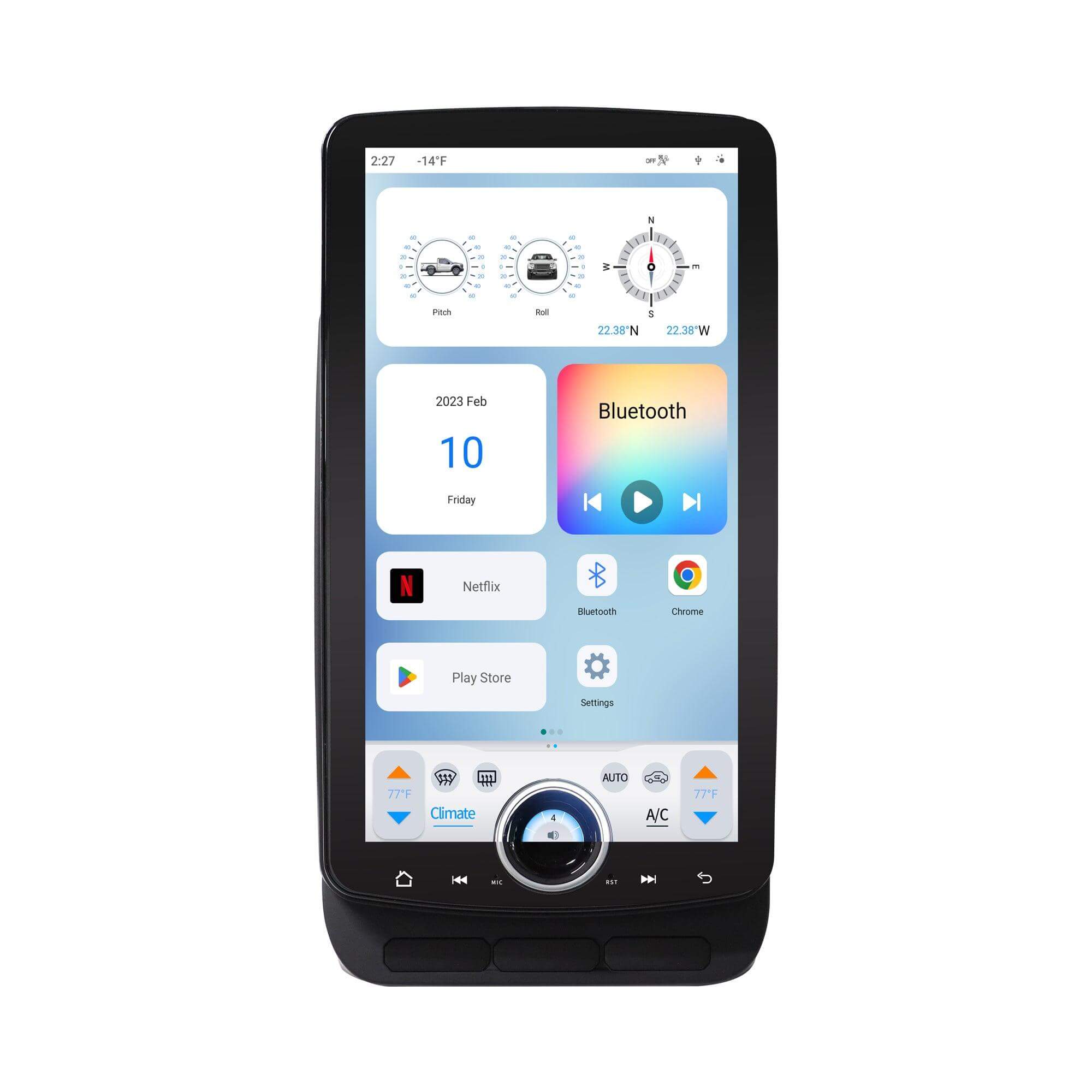
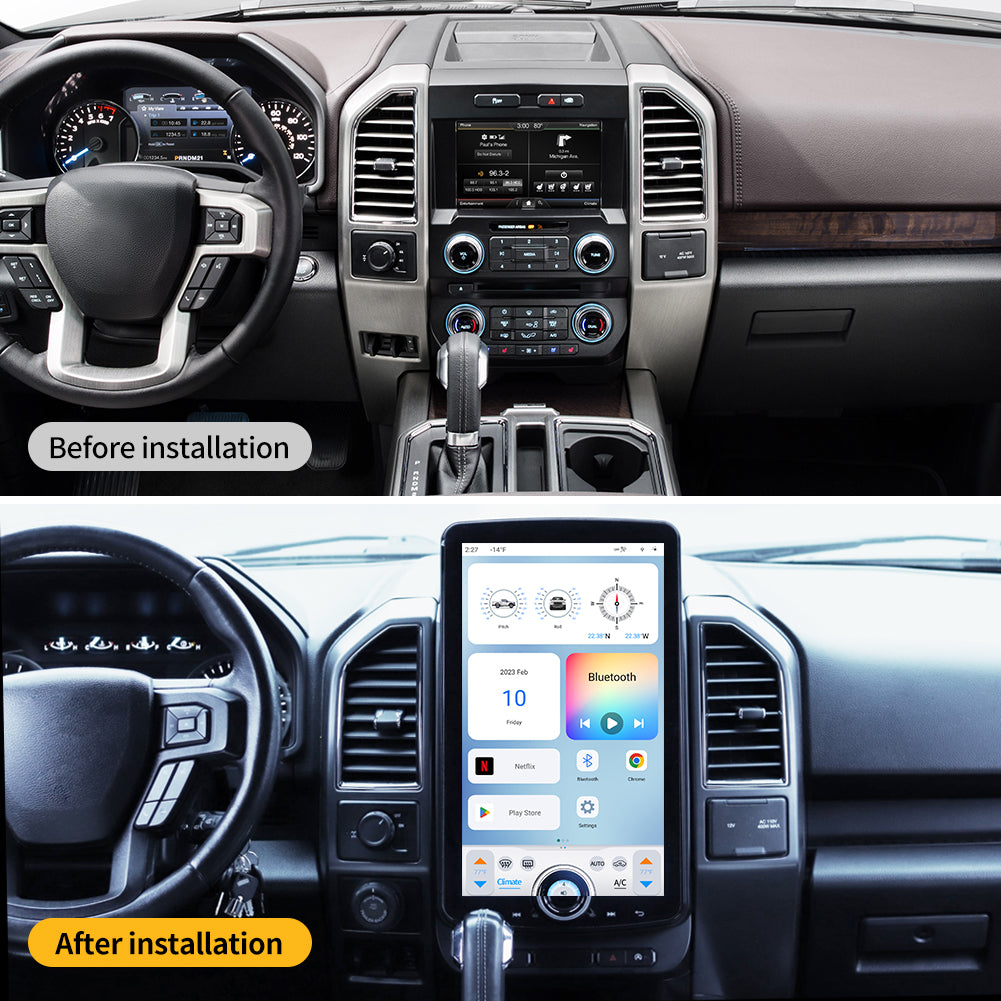
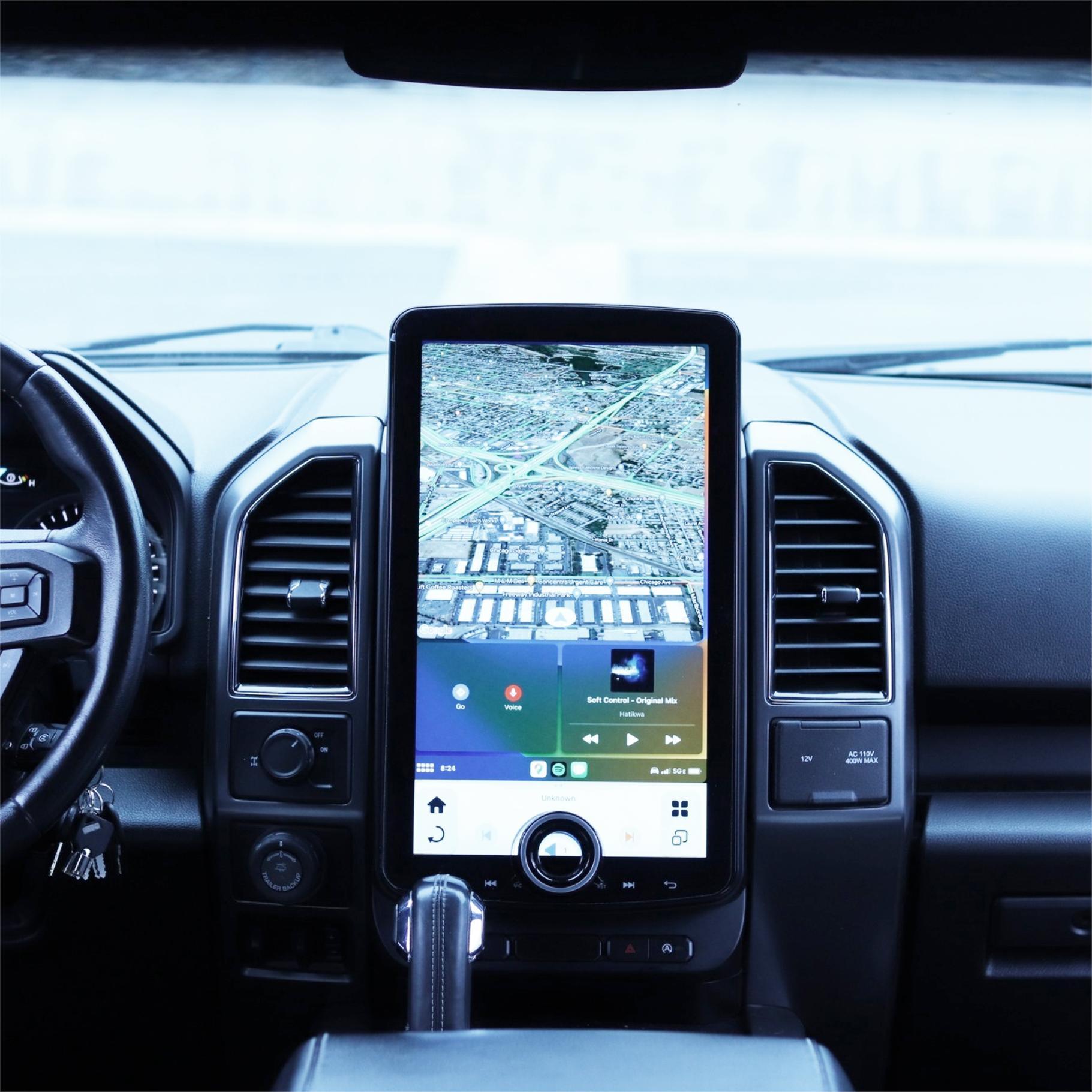
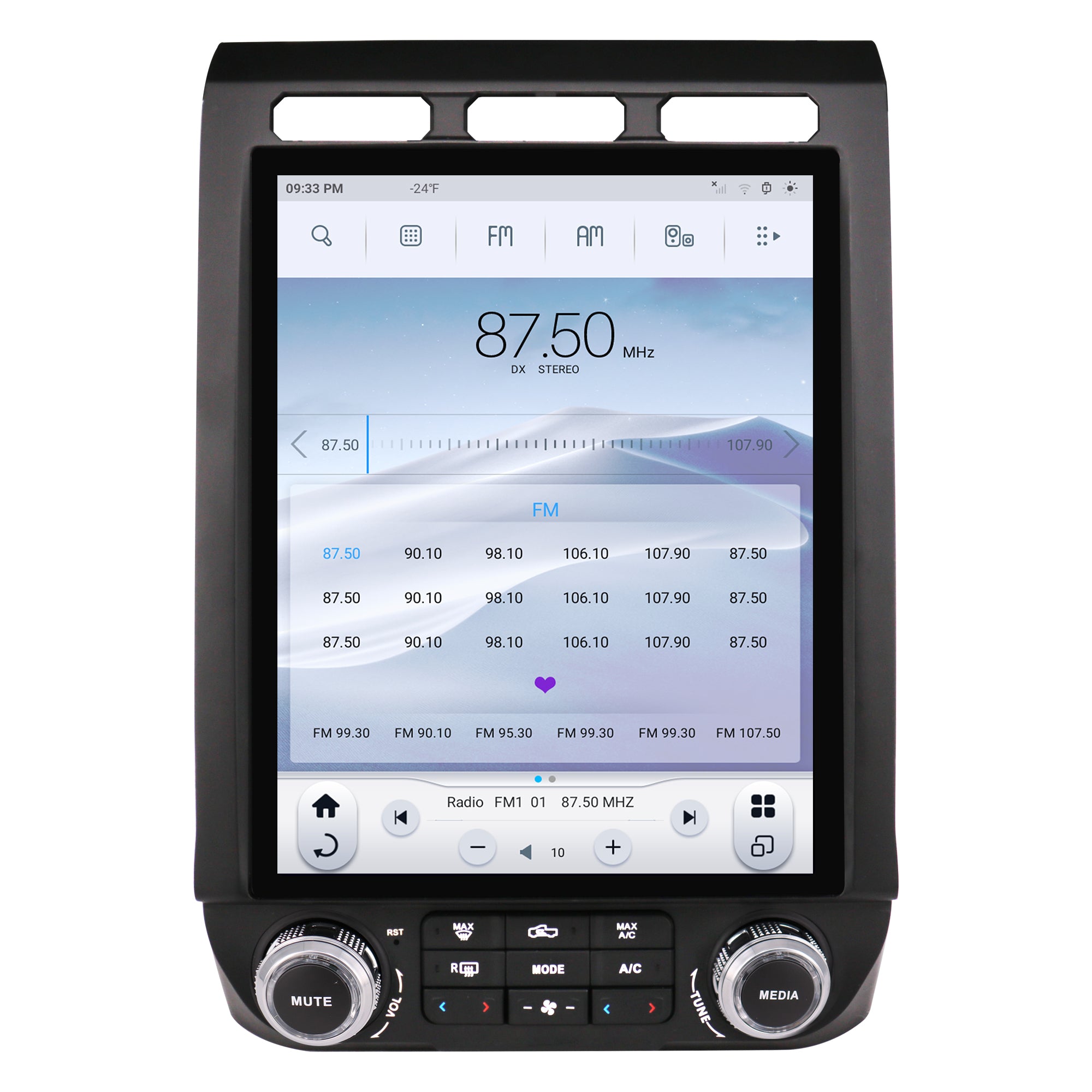
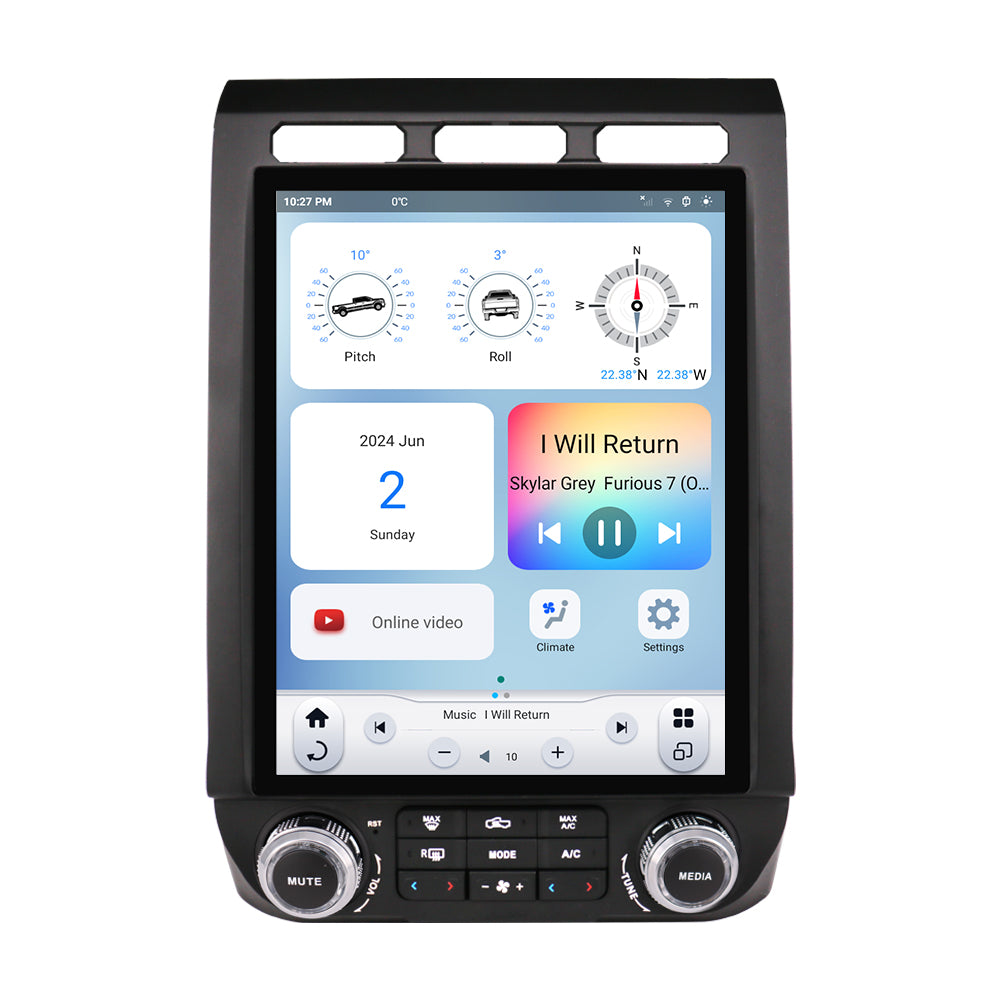
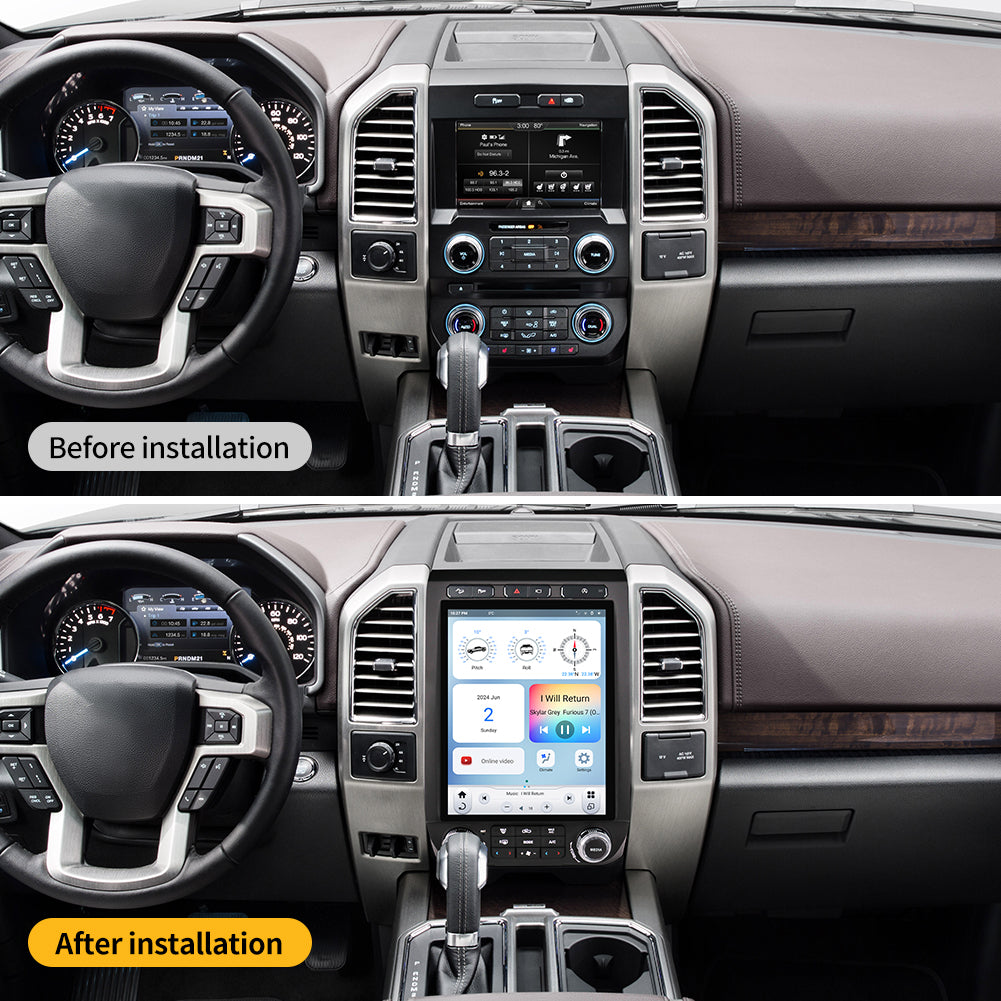
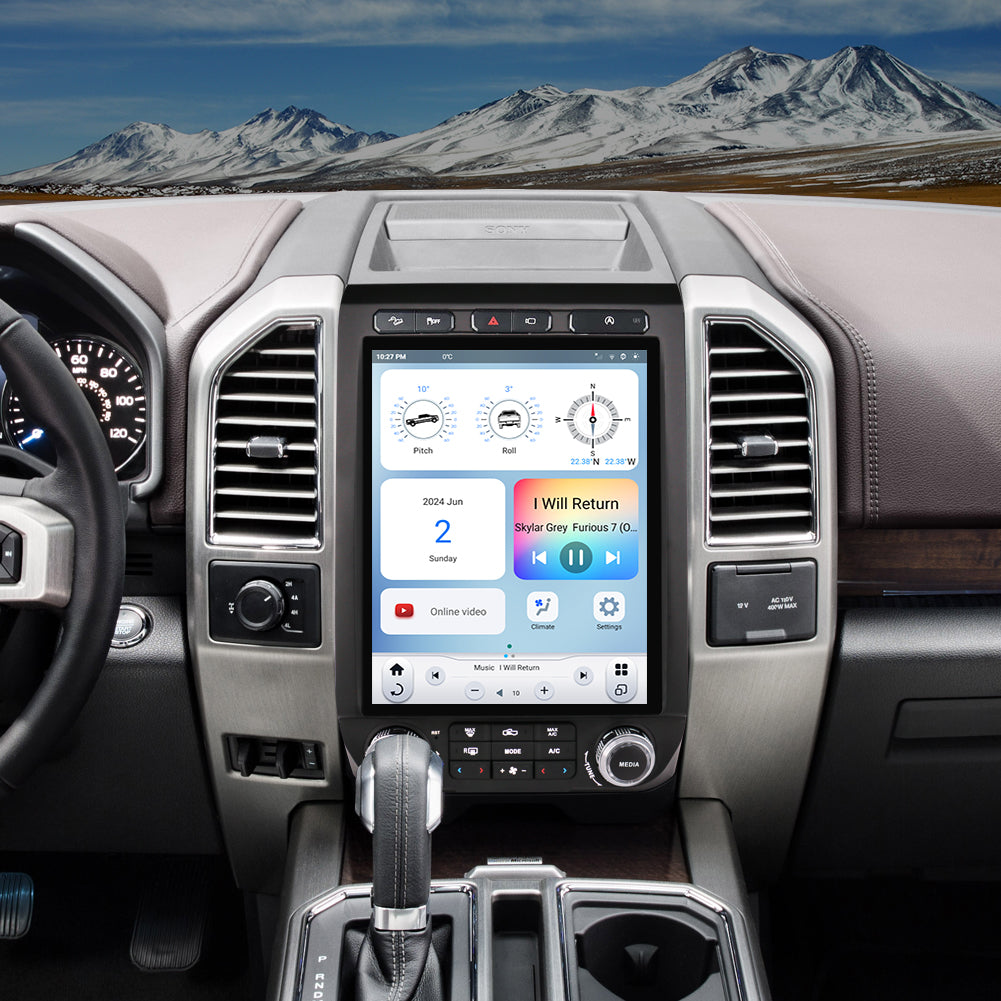
Share:
How to Tune a Car Stereo?
Car Stereo Buying Guide